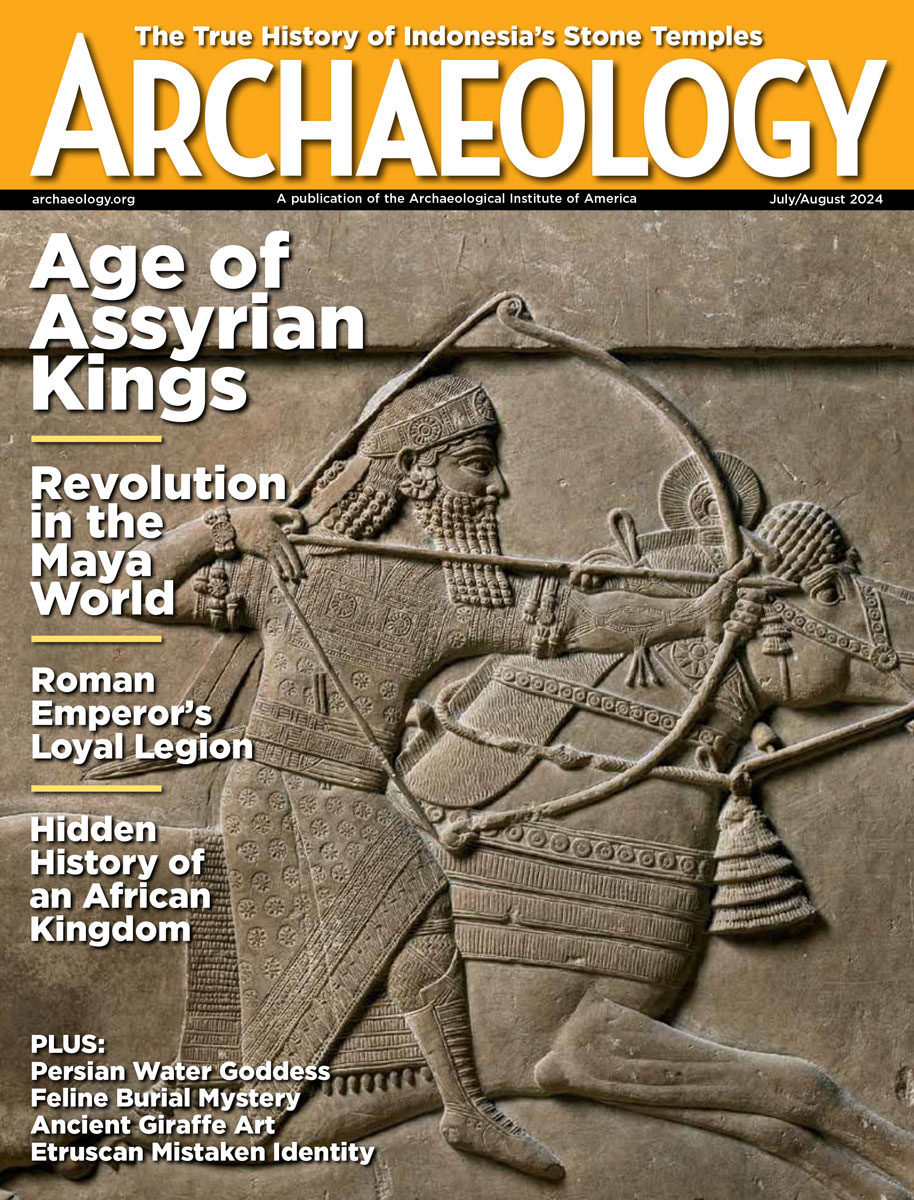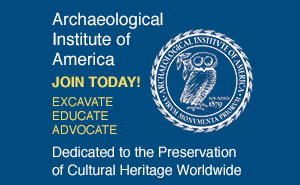Monday, May 19
May 19, 2008
Declassified American documents and photographs, and the mass graves of thousands of peasants and leftists executed in South Korea in 1950, are coming to light. Historian Kim Dong-choon has called the killings “the most tragic and brutal chapter of the Korean War.”
University of Chicago archaeology students are getting their trowels dirty on the grounds of the World’s Columbian Exposition, also known as the White City, built in 1893 and used for the World’s Fair for six months. “We’re interested in seeing what is left of the buildings themselves. I am interested in the experiences of the tourists. What were they buying, eating, and drinking at the fair?” said Ph.D. candidate Rebecca Graff. Â
Rapid population growth and development in Utah is churning up a wealth of archaeological artifacts, but state law does not require that they be preserved. Some builders are incorporating sites into their plans, creating “archaeology-themed suburbs.” Â
Coroner Niels Lynnerup and sculptor Bjorn Skaarup have been rebuilding the faces of Denmark’s historic figures and the 10,000-year-old Koelbjerg woman of Funen. “When we see how just one of our forefathers looked, we discover that they didn’t really look much different from ourselves,” said Lynnerup. Â
Canadian archaeologist Jacques Cinq-Mars will return to Beringia, also known as the land bridge between Siberia and North America, to look for evidence of human habitation before the Ice Age. Twenty years ago, he found a 28,000-year-old chipped mammoth bone in a cave above the Bluefish River.  Â
Construction work in London for the 2012 Olympic Games has uncovered a 150-year-old cobbled street in what had been an industrial area, thought to be the original Temple Mills Lane.   Â
The bones of an Aboriginal man were discovered on a remote, protected beach in South West Australia. The area may have been a burial ground.
- Comments Off on Monday, May 19









